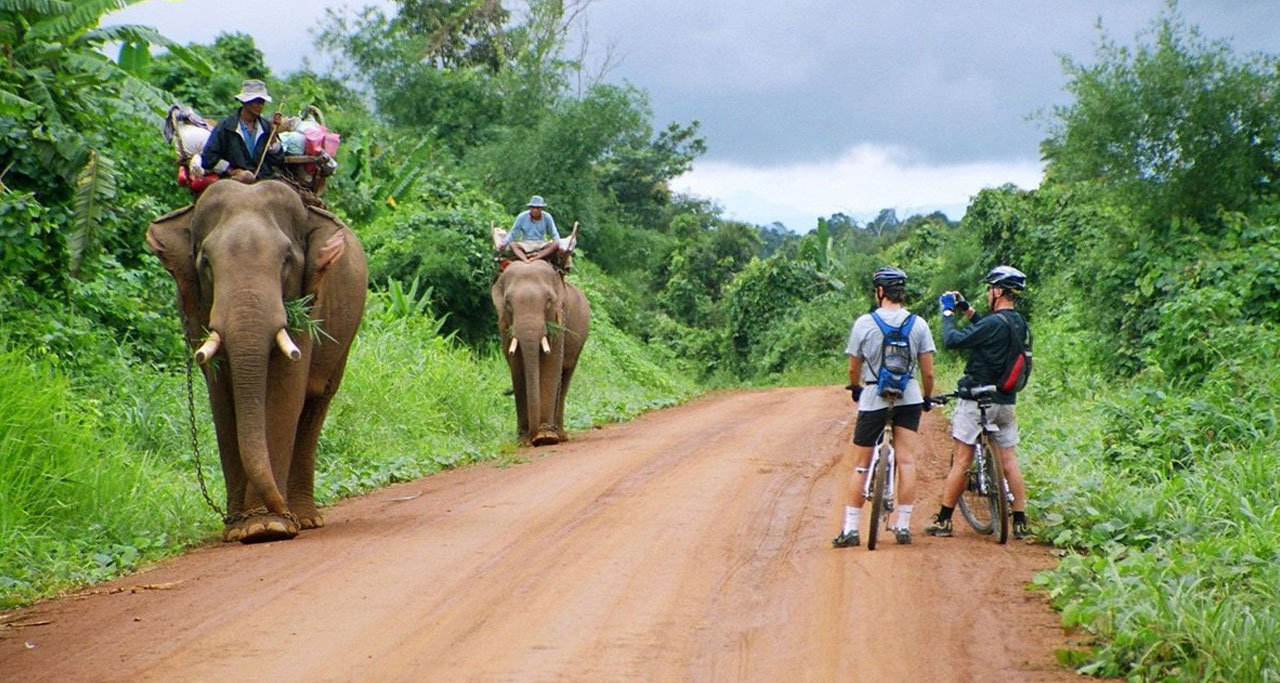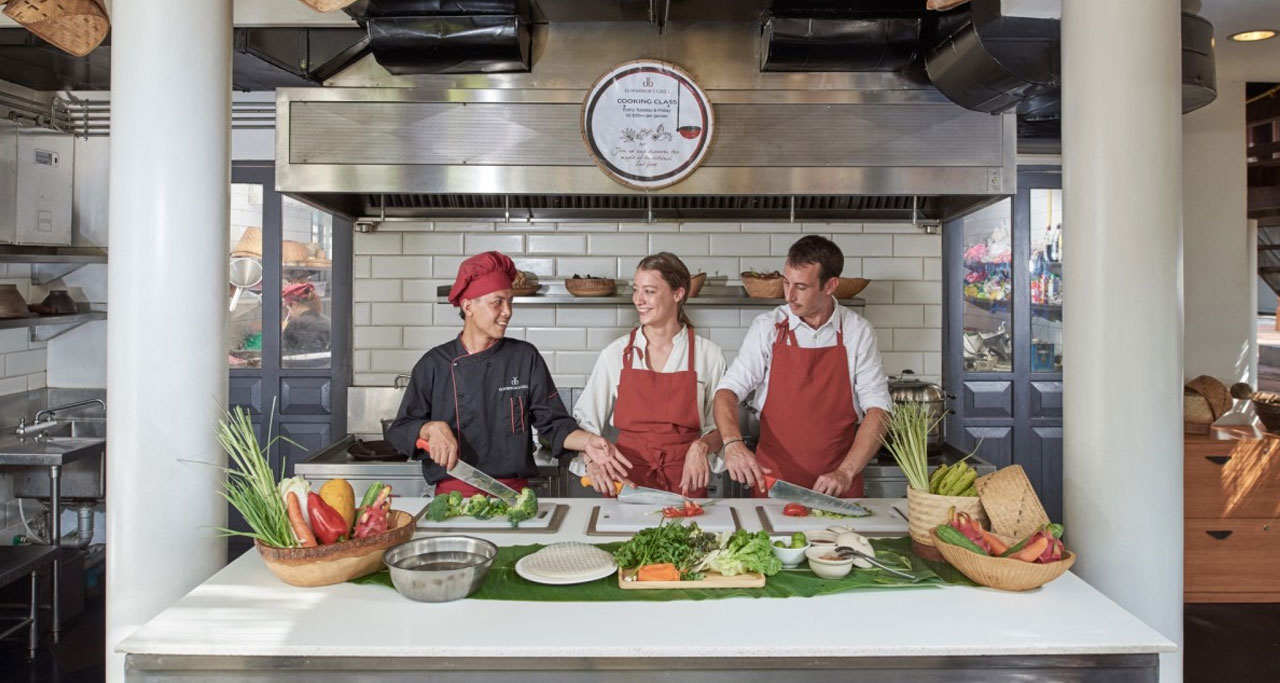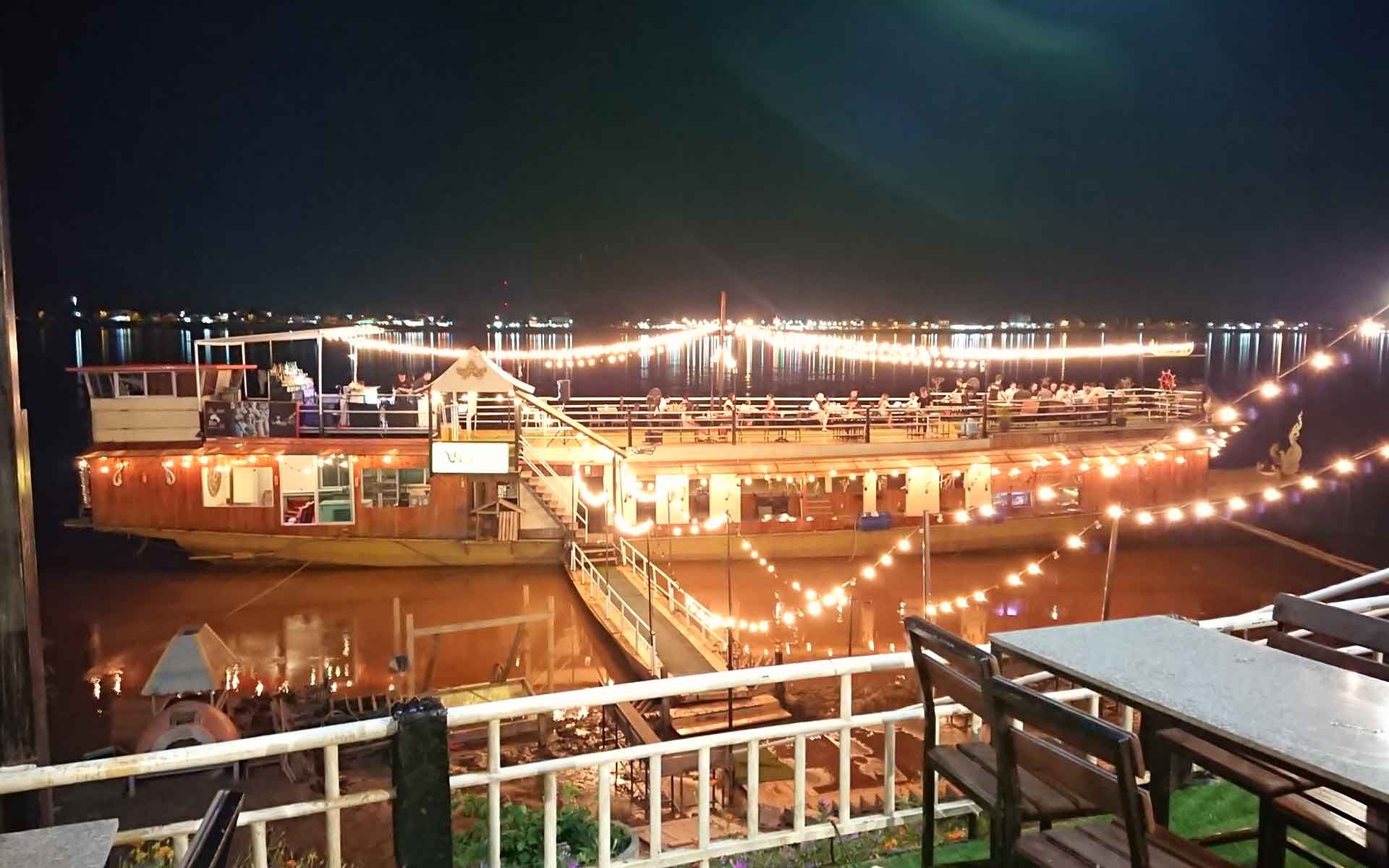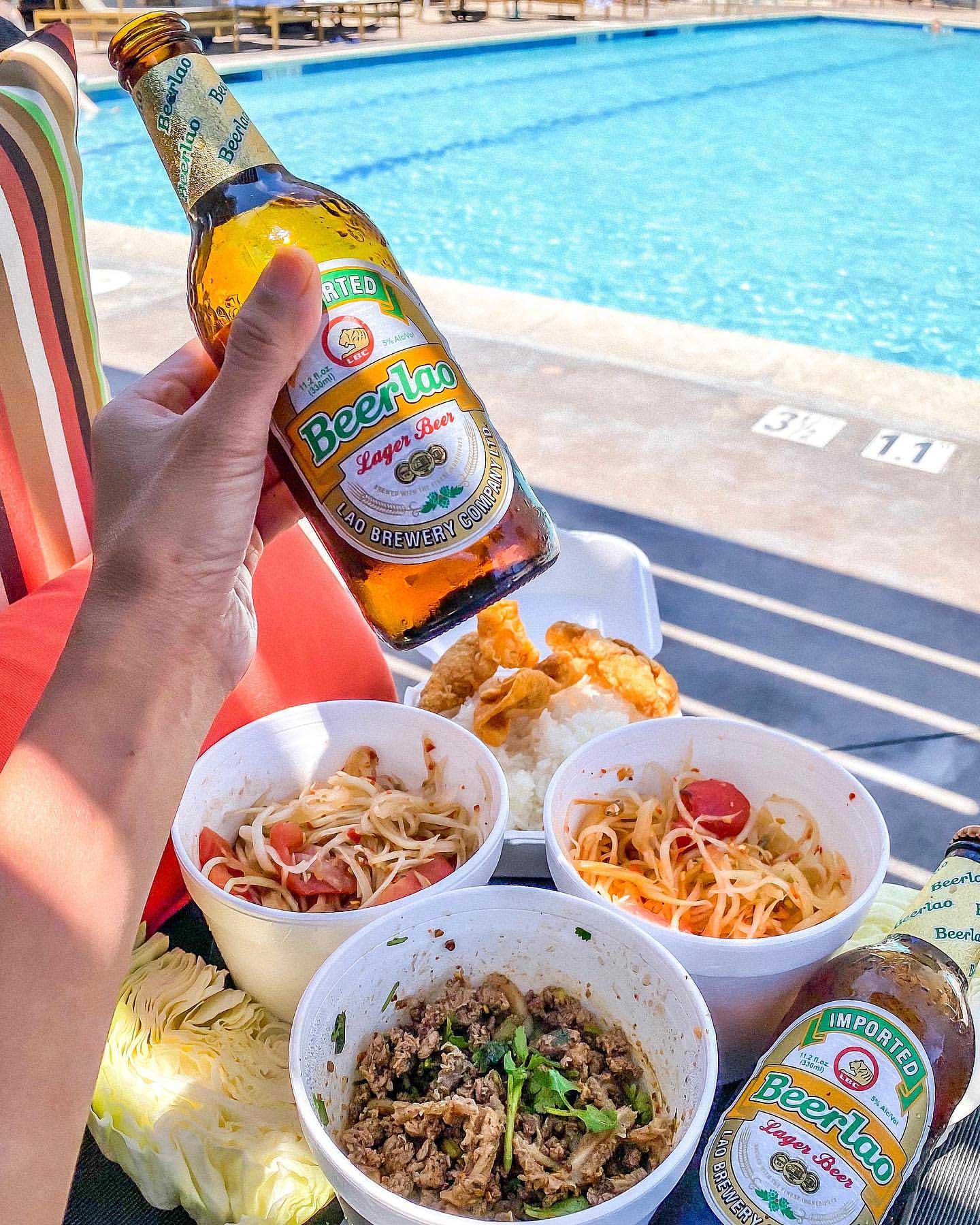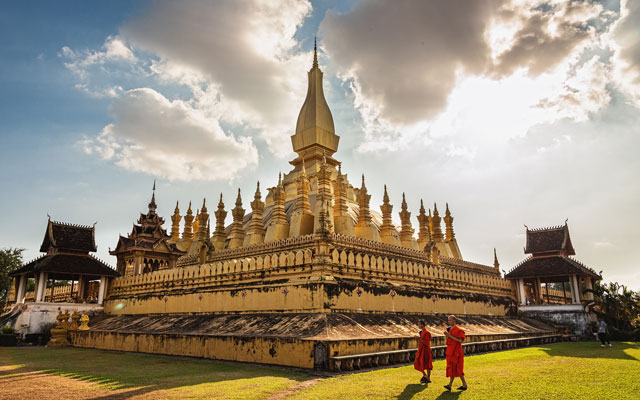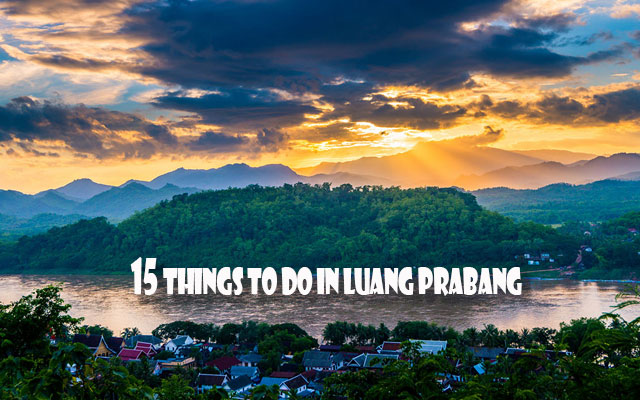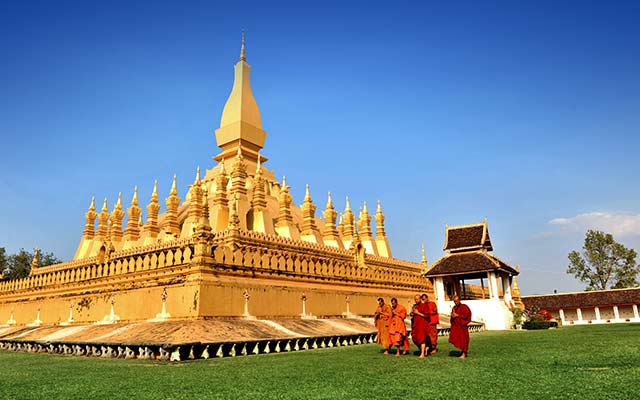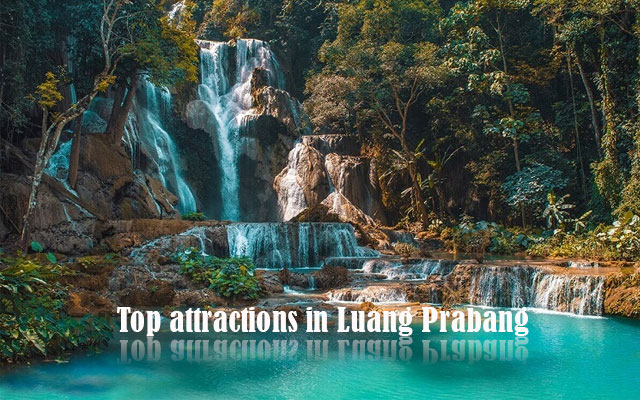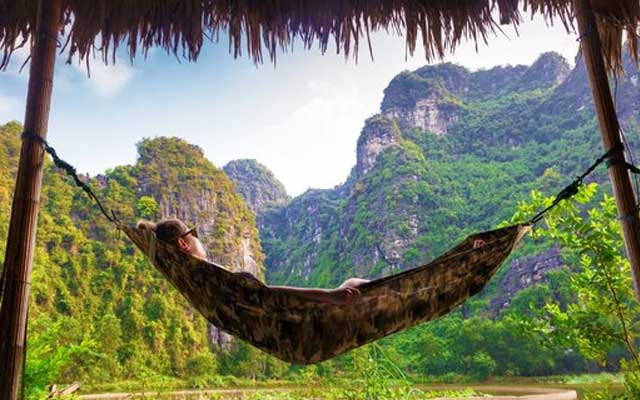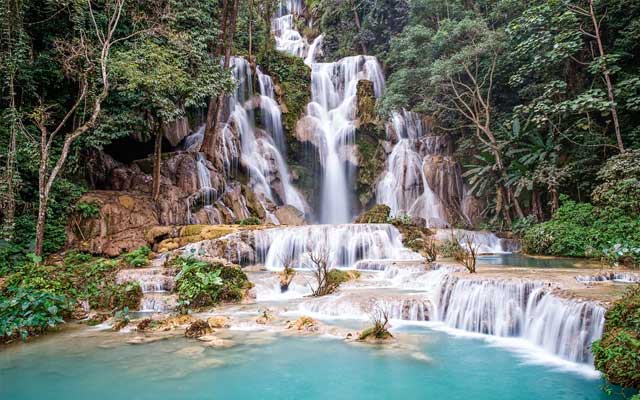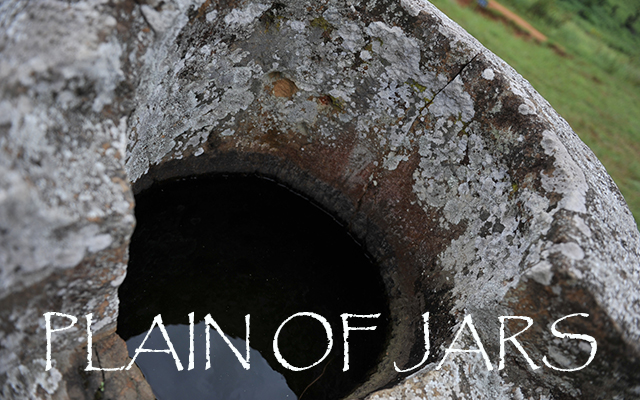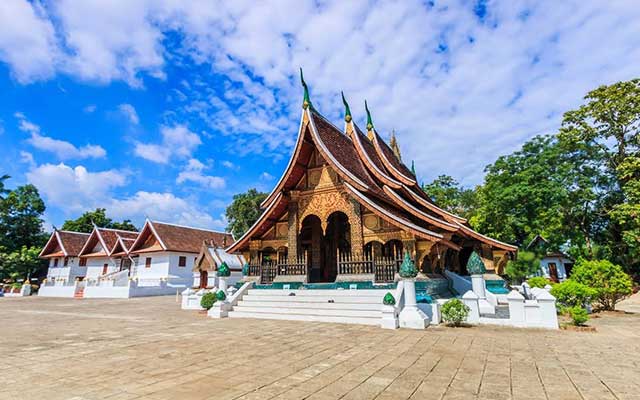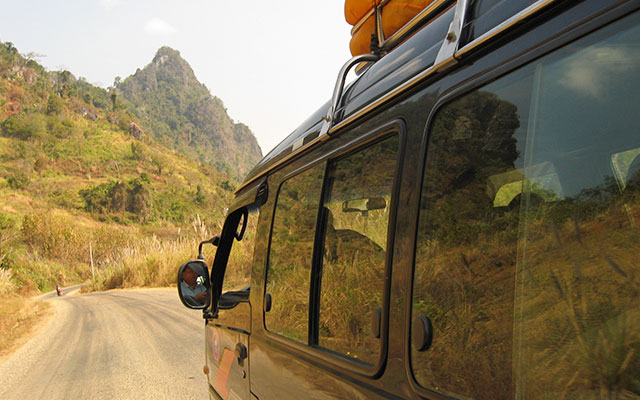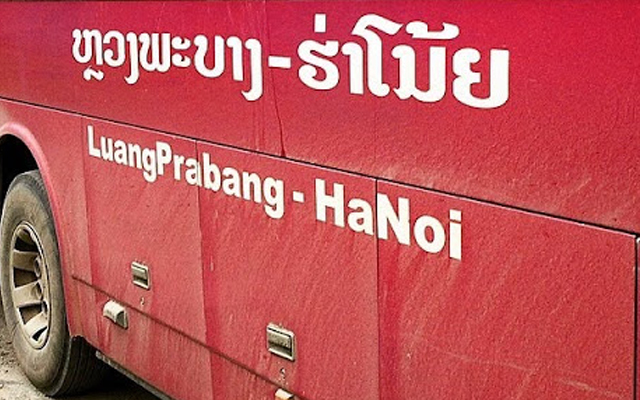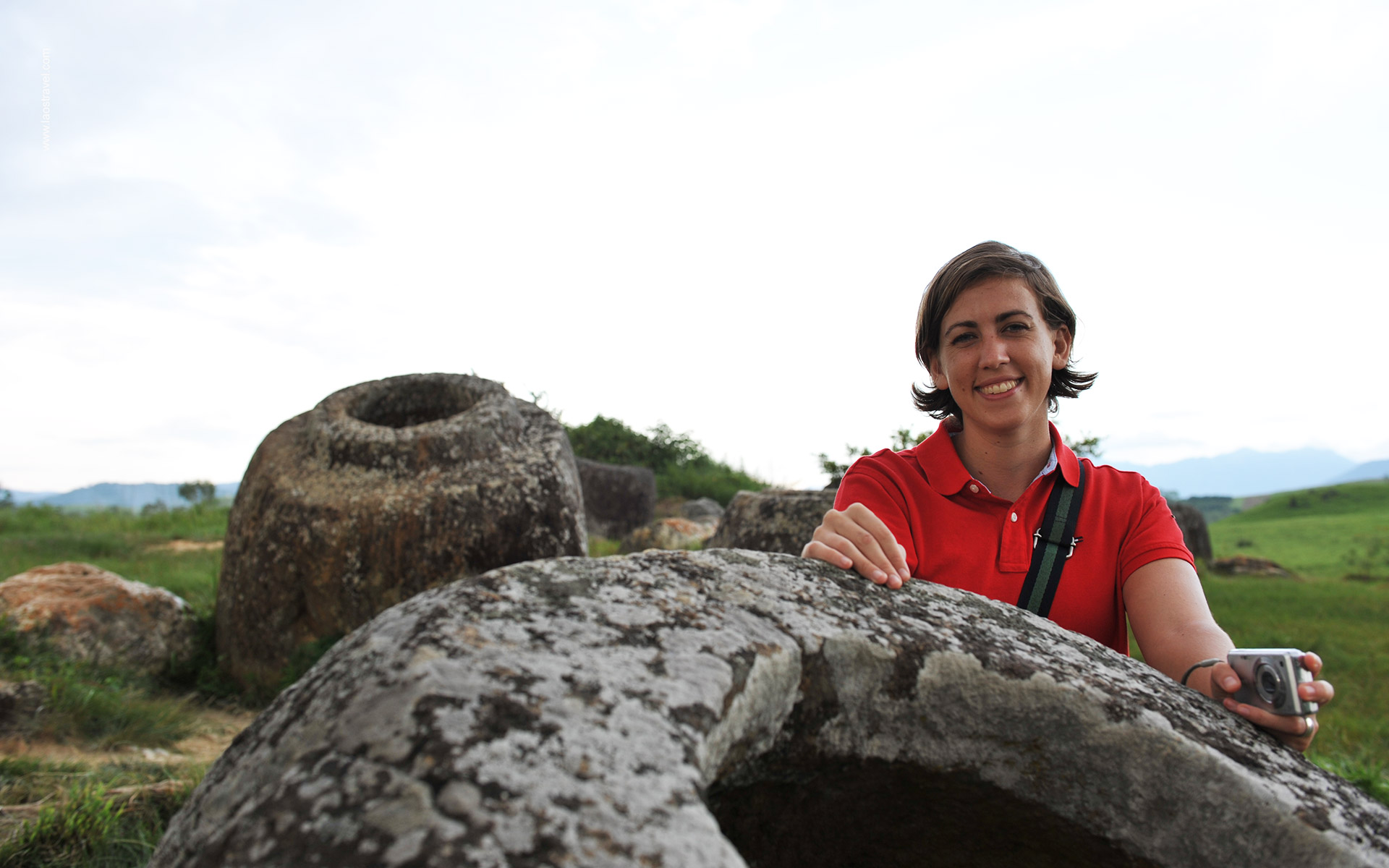12 Things To Do In Vientiane
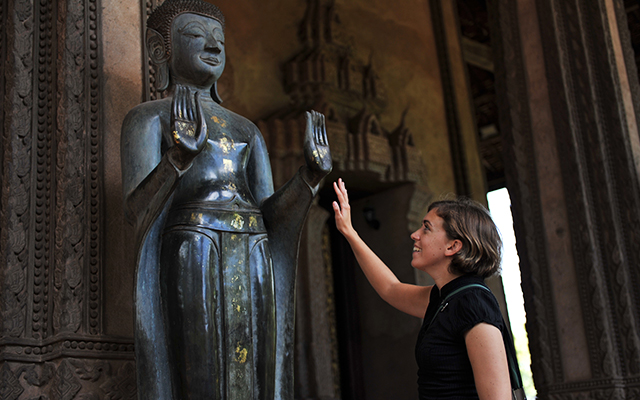
Things To Do In Vientiane
Here are the best things to do, see, eat, and buy when you’re in Vientiane. Laos is a landlocked country but famous for its mountains and the Mekong River flowing through it creating a beautiful natural landscape that attracts tourists. Vientiane capital is among the popular destinations when Laos is on the travelers’ list of choice. Not like a bustling central hub, Vientiane offers fresh air, relaxed and serene vibe which make it such a lovable capital, but still, there is much more to do here than you think.
Check out the best list of things to do for your travel plan to Vientiane with Laos Travel team and enjoy your fun experience!
Contents
- Attend the unique Alms – giving ceremony (Tak Bat)
- Visit the Morning Market
- Reach the top of Patuxai Victory Monument
- Visit the most famous and sacred temples
- Learn more about history, culture and Lao people through museums
- Visit Xieng Khuan
- Explore the National Ethnic Cultural Park
- Go on a cycling tour
- Join in a cooking class
- Take a stroll along the beautiful Mekong waterfront at dusk
- Try local food & drinks
- Wander at Vientiane Night Market
- Go for a massage and herbal sauna
Attend the unique Alms – giving ceremony (Tak Bat)
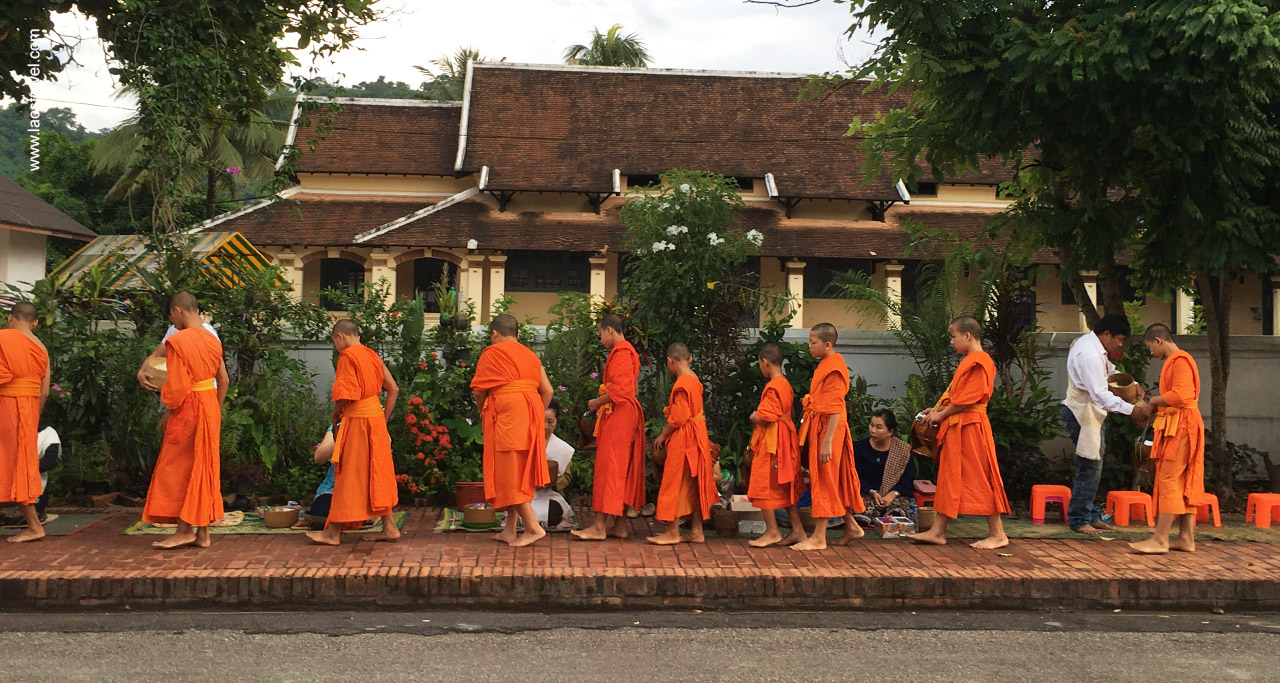
Taking Alms Giving Ceremony in the early morning will be one of the most interesting activites that you can have in Vientiane.
As the country of Buddhism, there are many pagodas and temples in Laos. You can easily see their culture connecting to Buddhism, and one of these is alms giving ceremony (Tak Bat) which only takes place at dawn when the monks get out of their temples to collect offerings from local people. Joining this activity will be one of the most interesting experiences that you have in Vientiane.
To attend the ceremony, you need to wake up early (5am-6.00am), dress appropriately, prepare offerings and wait for monks on the streets.
The ritual will be done in silence, respect and Laotians will make a short pray before putting food into the monk’s bowl. Later, these offerings will be shared for themselves, poor people, other monks and animals at the temples. The monks only have one meal per day.
Visit the Morning Market
Visit the Morning Market, where you can buy souvenirs, handicrafts, and fresh produce. Vientiane Morning Market (Talat Sao), the best place to experience the vibrant culture and shopping scene of Laos’ capital city. Whether you are looking for traditional handicrafts, exquisite silk fabrics, exotic snake whiskey, or sparkling jewelry, you will find them all at this bustling market that opens every day from 7:00 am to 4:00 pm. You can explore the market on your own or with a local guide who can help you bargain and find the best deals. No entrance fee is required, so feel free to browse and enjoy the sights and sounds of this lively market. Don’t miss this opportunity to discover the authentic and diverse products of Laos at Vientiane Morning Market.
Reach the top of Patuxai Victory Monument

Known as Victory Gate, Patuxai is one of the most important monuments in Vientiane, dedicating to those who fought in the struggle for independence from France.
Nestled in the center of Vientiane, Patuxai Victory Monument – part of the wider Patuxai Park – is one of the best known landmarks of the capital, dedicating to all citizens of Laos who gave their lives for the country in different wars. It was designed to resemble the Arc de Triomphe in Paris in combination with tastes of traditional Laotian to create an East meets West kind of attraction.
Instead of using elevator, climbing a set of stair to the top to enjoy the panoramic view of the city and main boulevard will be worth for your effort.
You can combine visiting Patuxai Victory Monument and seeing most famous temples in Vientiane in the same morning. Refer to the following suggested morning schedule:
Morning in Vientiane:
- Visit Wat Si Saket, a Buddhist temple complex that is one of the oldest and most important in Vientiane.
- Take a walk around the Patuxai, a war monument dedicated to those who fought for independence from France.
- Visit the Pha That Luang, a golden stupa that is considered the most important national monument in Laos.
Visit the most famous and sacred temples
Pha That Luang Stupa
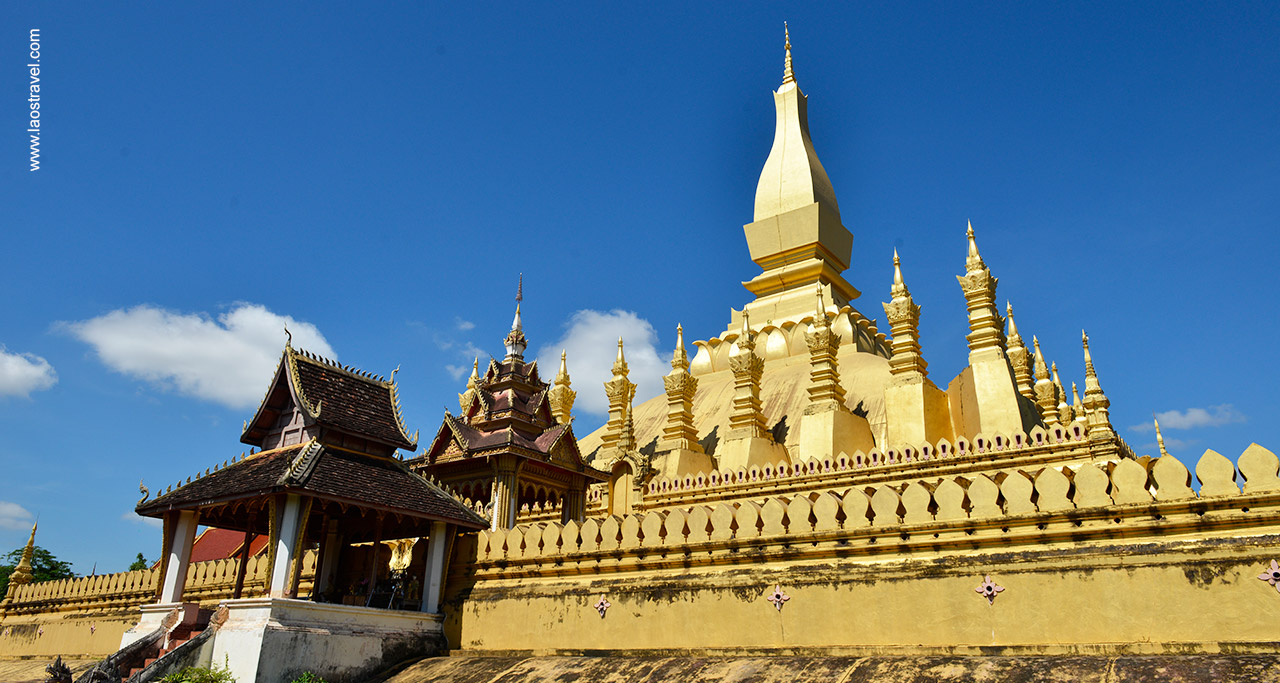
Phra That Luang Stupa – a national symbol of Laos.
Considered as a world cultural heritage, Pha That Luang stands as a national symbol which is printed on both paper money and the country’s emblem. It was fully built in 1566 with the style of Laos with gold covered which is brighter and more splendid under the sunshine. The stupa is believed to contain a breastbone of the Buddha. In middle November of each year, a national level festival will be held which attracts numerous people across the country to attend.
Wat Ho Phra Keo

Haw Phra Kaew (Ho Phra Keo) is Laos’ leading museum of religious art with its name taken from Emerald Buddha, a statue carved from a single piece of jade that is now preserved in Bangkok.
The sacred and noble Wat Phra Keo is important only after Pha That Luang. Original built in 1565 to house the Emerald Buddha, but now it serves a museum for the religious arts of Laos. There are many precious sculptures in stone, bronze, gold which make you feel to walk in the peaceful fairyland with many jewels.
Wat Si Saket
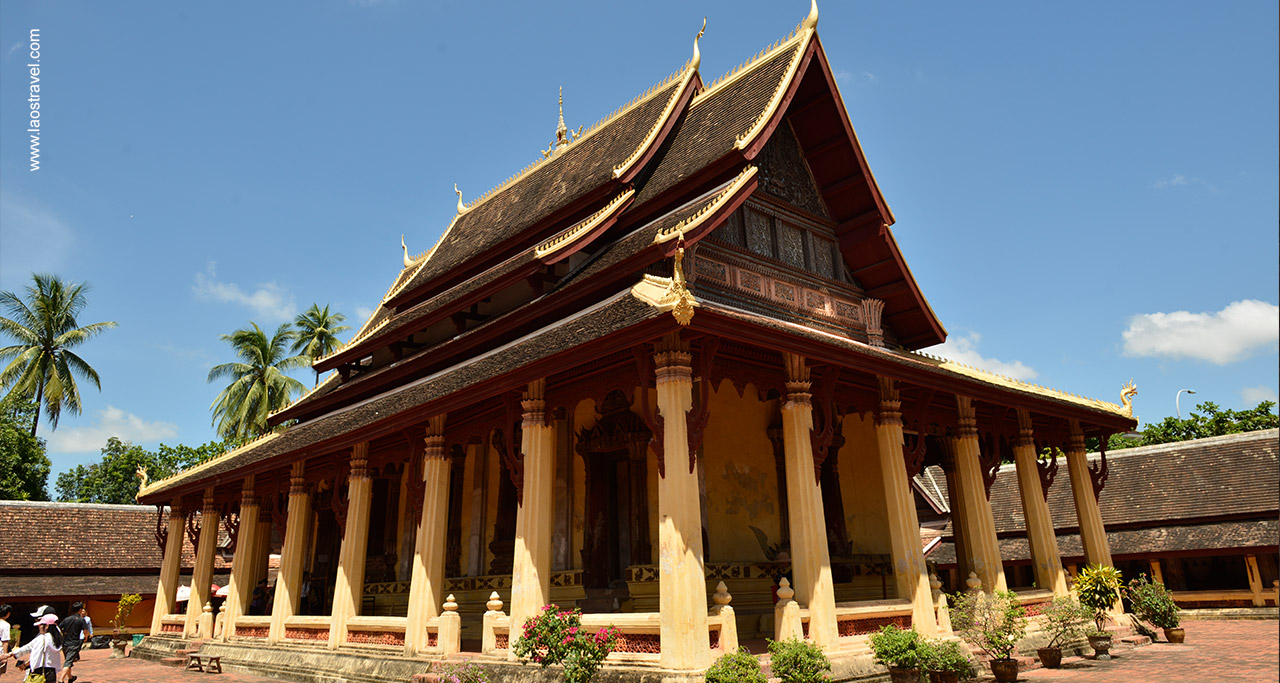
Wat Si Saket is the oldest temple of the town that is still in its original form.
Just cross the street from Wat Phra Keo locates Wat Si Saket which is a truly remarkable one. Built in 1818, this temple is still preserved since its date of construction with the unique Siamese style, rather than Laos. There are numerous Buddha statues up to nearly 7,000 in the temple which are cast in various materials such as bronze, ceramic, precious wood and gilded, plated with iridescent silver.
This is also the place where the locals give their offerings to the monks in their daily morning alms giving ceremony.
Wat Si Muang
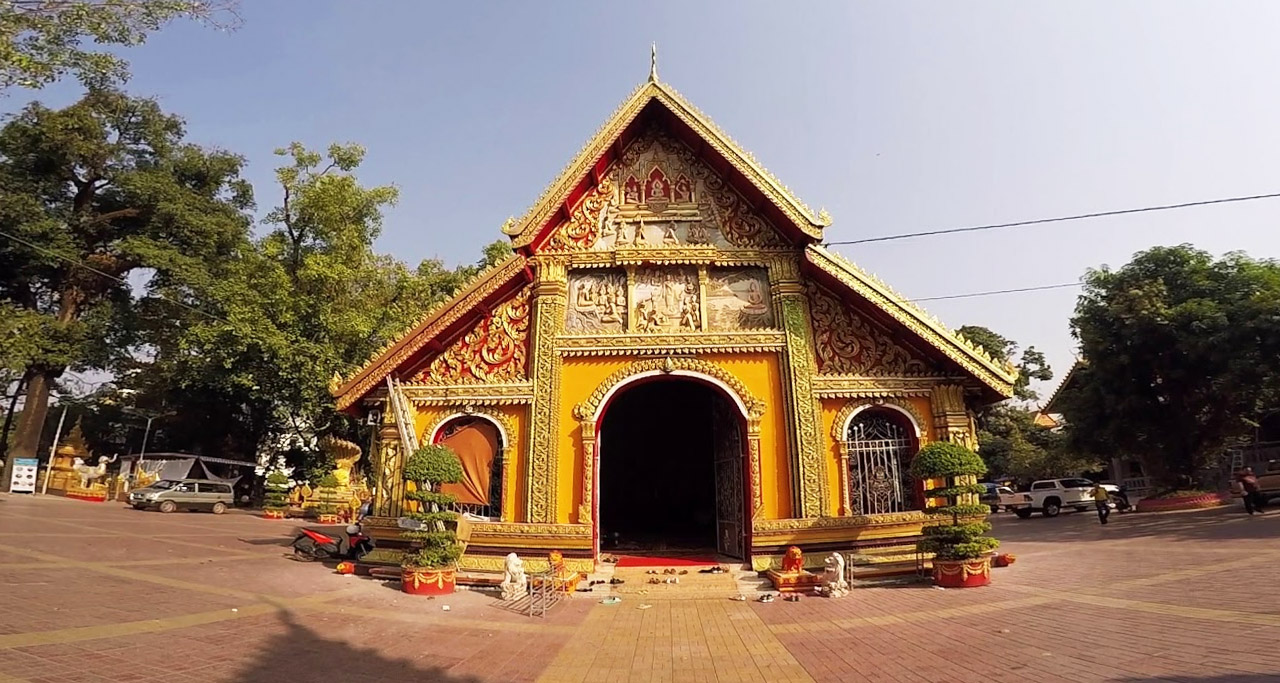
Wat Si Muang is considered the home of the guardian spirit of Vientiane.
Wat Si Muang is considered the home of the guardian spirit of Vientiane. Built in 1563, the legend has it that the wat was named after the death of Si Muang who sacrificed herself on the foundations of the wat to appease angry gods, and the center of town is now marked from the pillar built on top of that sacrifice.
Learn more about history, culture and Lao people through museums
Lao National Museum
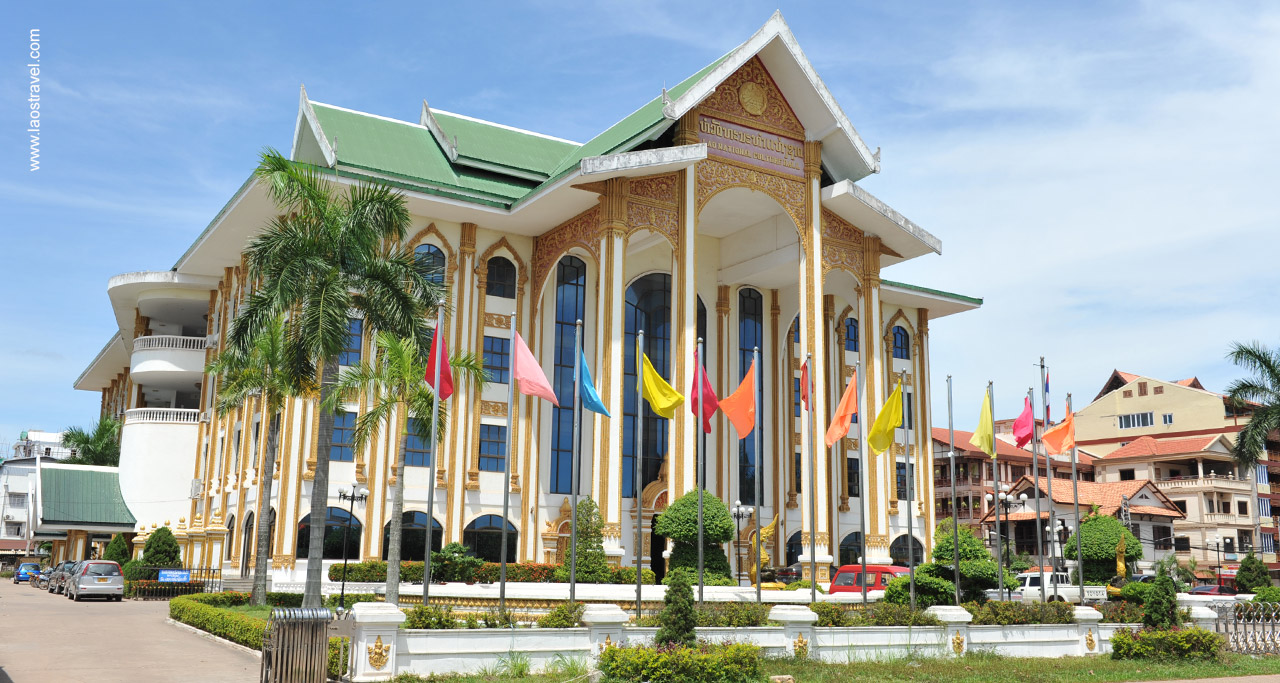
Lao National Museum is home to more than 850 artifacts from the nation’s heritage, culture, and history.
In October 2020, the Lao National Museum officially opened at its new location of Sivilay Village, Xaythany District, near the Kaysone Phomvihane Museum. This building replaces the original one which was built in 1925 as the French governor’s residence on Samsenthai Road in central Vientiane.
The exhibits at the museum cover more than 850 artifacts from the nation’s heritage, culture, and history, including some ancient pieces such as fossils, stone tools, stone images of Buddha, human skeletons, pottery and bronzeware, and other items typical of Lao ethnic lifestyles. The new museum building is open from Monday to Friday.
Kaysone Phomvihane Museum
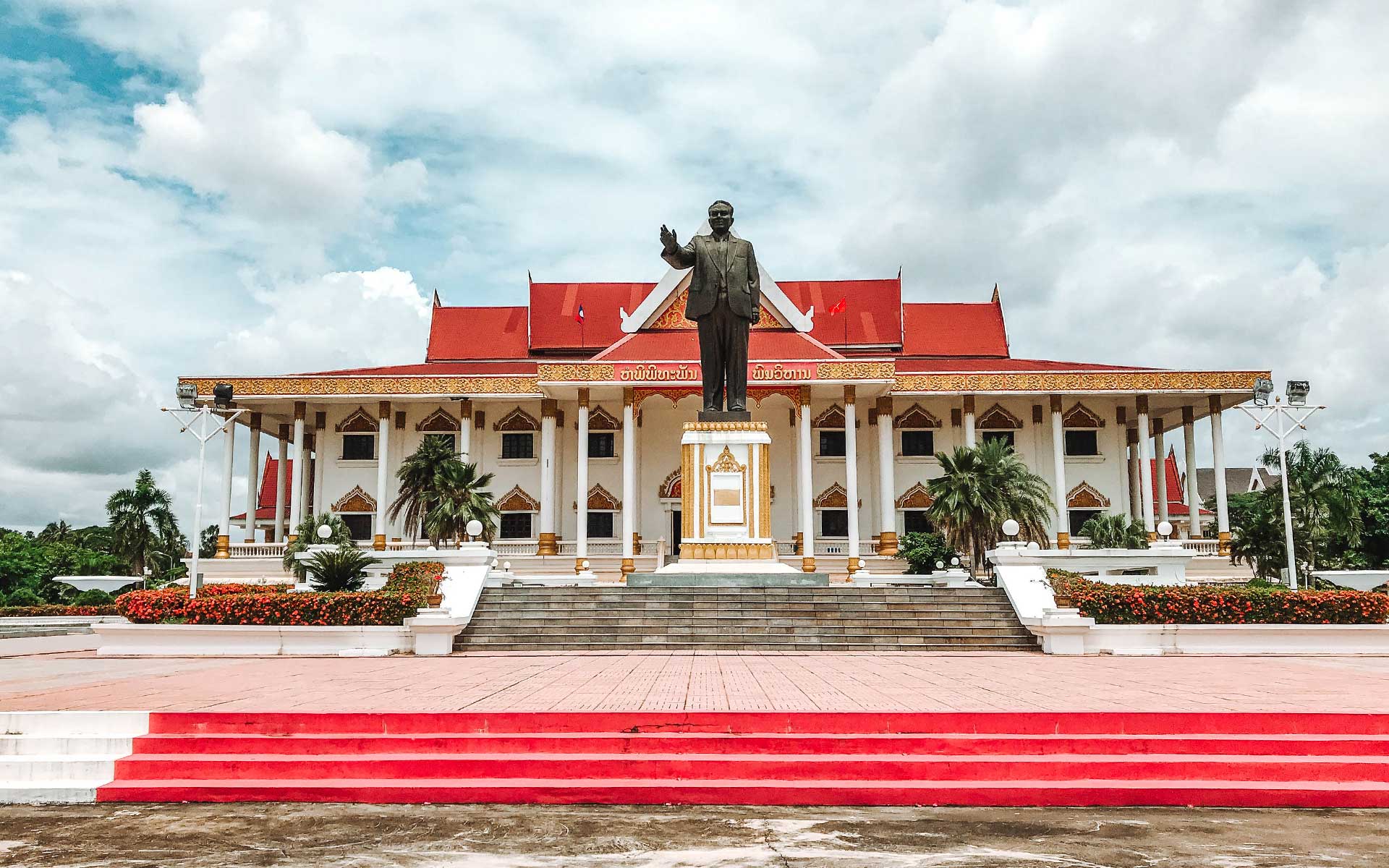
Opened on 13 Dec 1995, Kaysone Phomvihane Museum is a memorial named after the first leader of the Lao People’s Revolutionary Party.
Opened in 1995 to celebrate the late president’s 75th birthday, the Kaysone Phomvihane Museum serves as a tribute to the first leader of the Lao People’s Revolutionary Party.
There are a number of galleries containing information, artifacts, his statues in bronze that tell the story of Kaysone’s life. You can even find a model of his home as a child, his desk from the French school and a model of the cave he hid inside in Hua Phan Province.
Lao Textile Museum
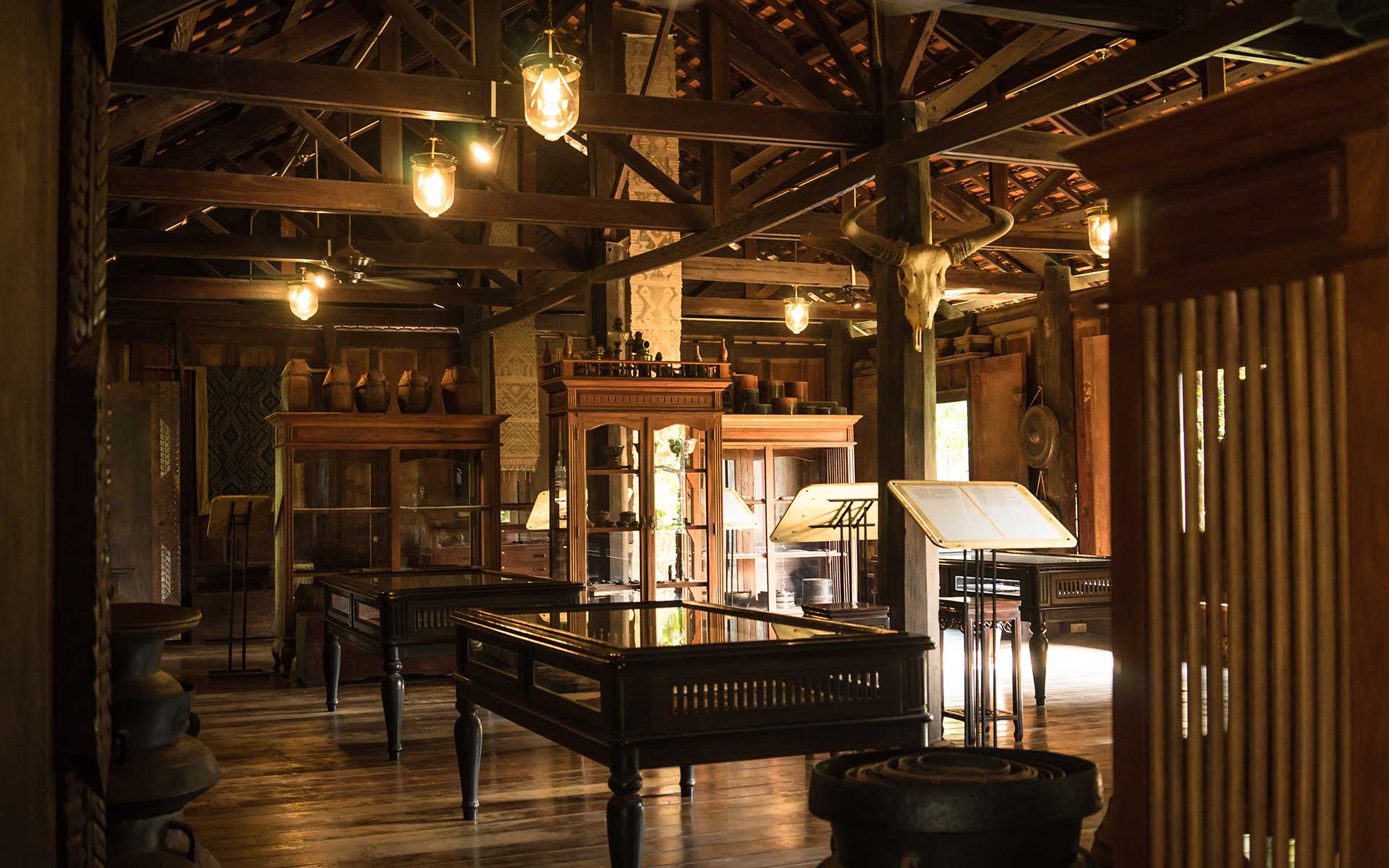
The Lao Textile Museum claims to be the first privately-owned museum in Laos and its purpose is to promote the traditional assets of textile culture in the country.
The Lao Textile Museum is set in a beautiful traditional family property, containing a private collection of antique textiles, clackety old looms and spinners, lots of displays about tribal variations, the meaning of designs as well as the dyeing and weaving process.
If you want to get hands on, you can take a textile painting class. The museum also has a small studio where silk pieces are woven for purchase at the museum’s shop. This is a suitable place for those looking for an insight into authentic Laos.
COPE Visitor Center
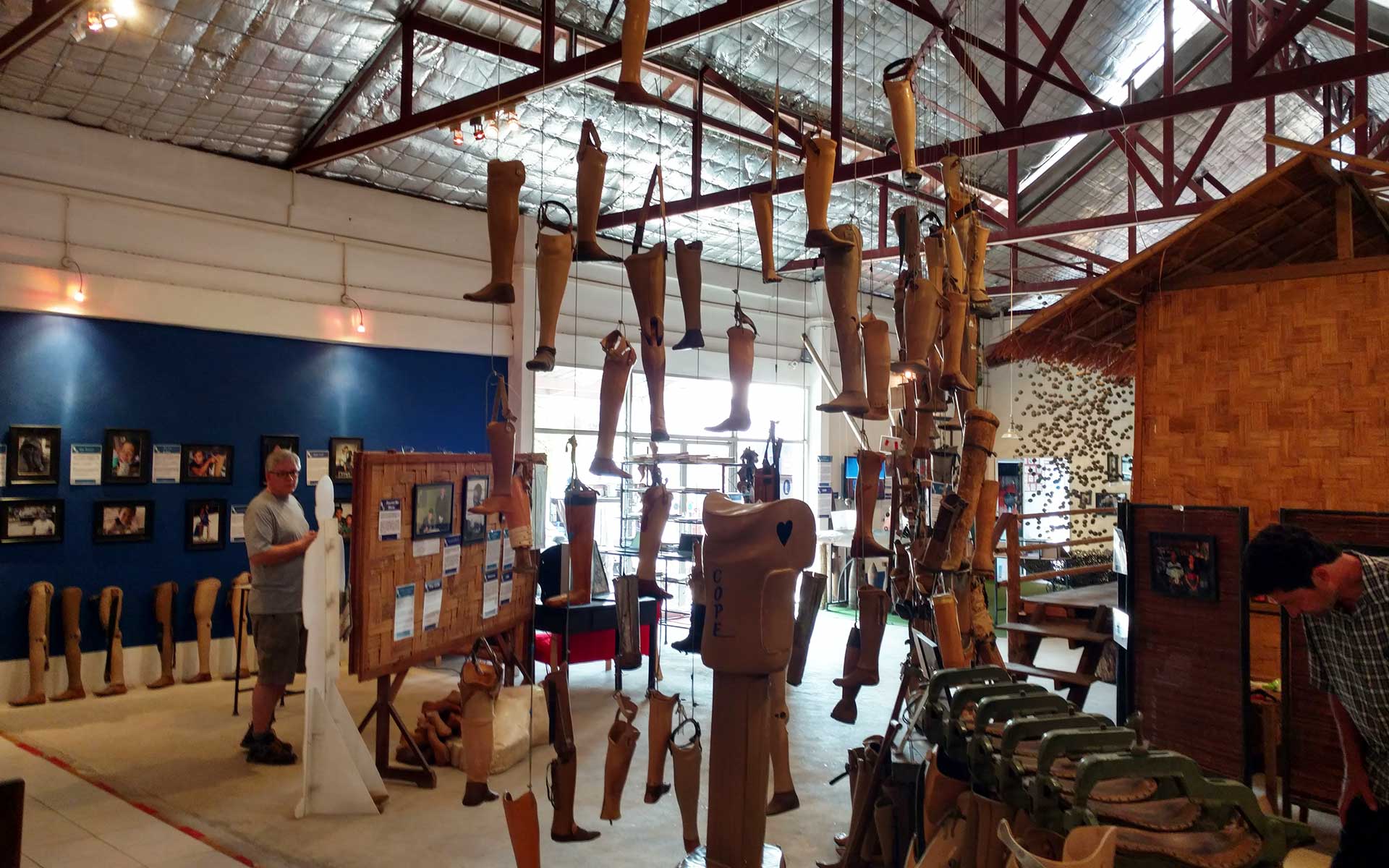
The COPE Visitor Centre Vientiane is a small museum and charity for victims of the bombings in Laos.
Visit the COPE Visitor Centre, a museum that tells the story of the victims of unexploded ordnance in Laos. The COPE Visitor Center is a mini museum, rehab clinic and NGO that highlights the work done by COPE Laos, a center focuses on supporting bomb victims during the war from 1964 to 1973.
The center provides locals free access to prostheses, wheelchairs and physical therapy to improve the quality of life for bomb-affected citizens.
Here, you can browse the exhibitions, watch documentaries, participate in hands-on activities …The entrance is free but donation is appreciated to support COPE’s exceptional work.
Visit Xieng Khuan
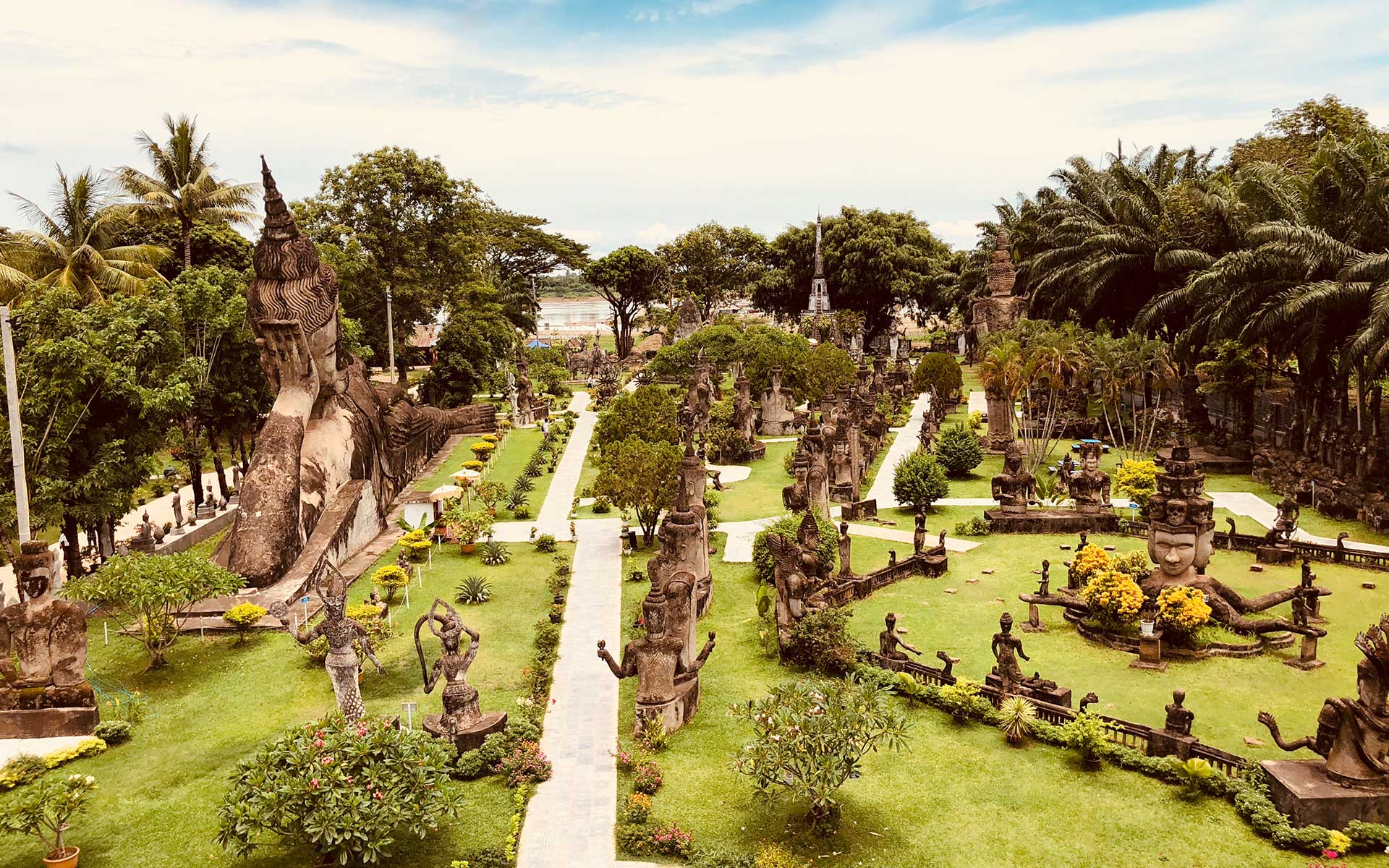
Known as Buddha Park, Xieng Khuan is about 25km from the capital Vientiane and is home to more than 200 religious statues.
Constructed in 1958 and also known as Buddha Park, Xieng Khuan is about 25 kilometers outside Vientiane, covering more than 200 religious statues in both Hindu and Buddhist sculpture which are scattered all over the lush grounds. A 40m long giant reclining Buddha statue is the most prominent statue here. Another highlights are images of gods, demons, people, animals and the 3 layers of hell, earth and heaven.
Explore the National Ethnic Cultural Park
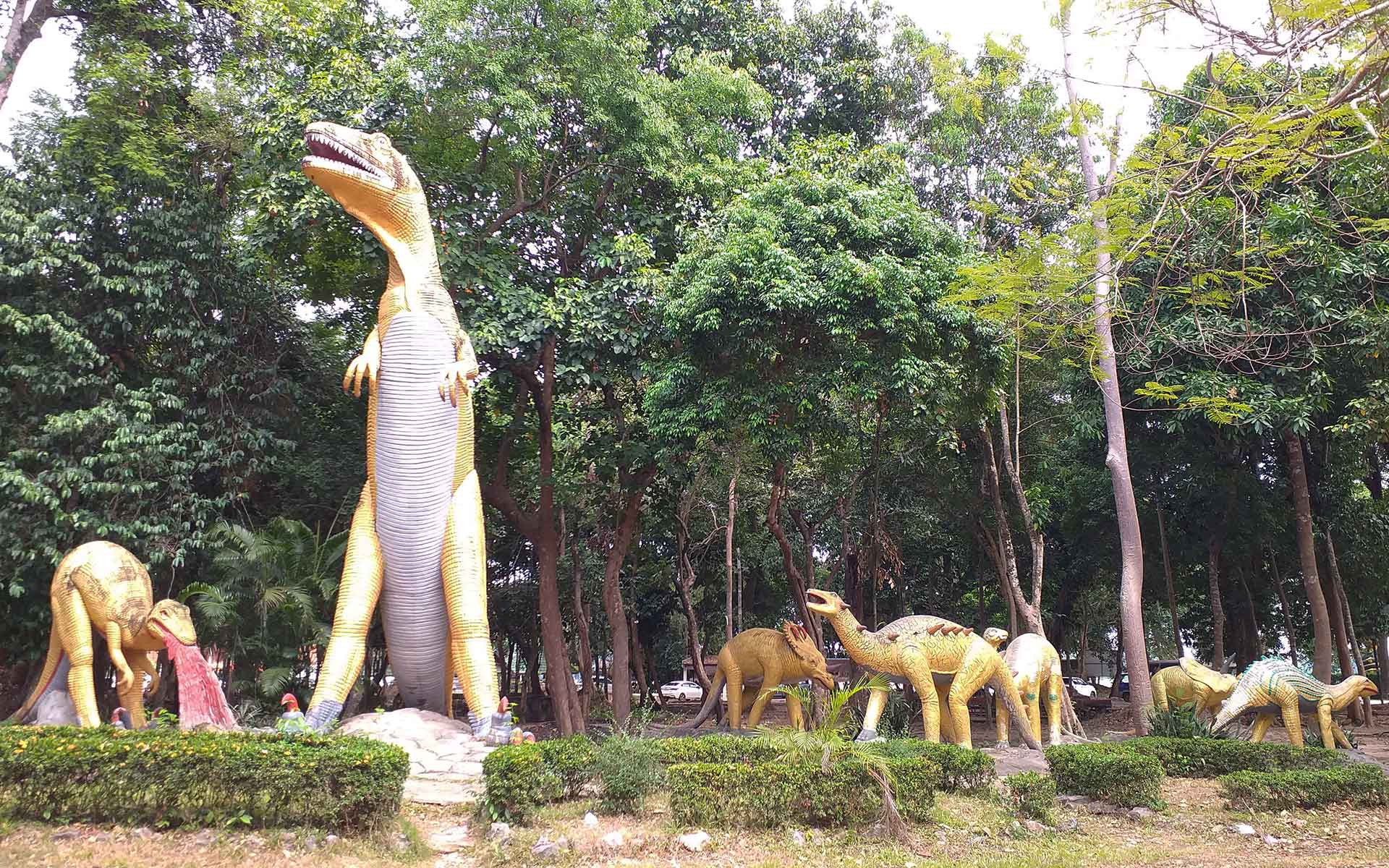
The National Ethnic Cultural Park is located 20 kilometers south from Vientiane near the Friendship Bridge.
Not far from Buddha Park (about 8km) is the National Ethnic Cultural Park which is known for having models of traditional houses that represent all the different ethnic groups in Laos as well as some statues of dinosaurs and small zoo here. Cultural shows are also occasionally held here. You can combine this attraction with Buddha Park to make a day out in Vientiane.
Go on a cycling tour
Biking is one of the best ways to explore the region and discover the hidden places, encounter new cultures and experience the nature on two wheels. This kind of tour becomes more popular today. You can choose half or full day with local guide for touring around the city to villages, temples and markets. You can also cycle along the banks of the scenic Mekong River as another way to check out the city as well as get a workout in at the same time.
Join in a cooking class
Learning how to cook typical cuisine of destination that you travel to is always a great experience. To join a traditional cooking class, you will be taken to the local market where you can pick the fresh ingredients and herbs for your meal. Then the professional chef will show you how to cook a bunch of dishes. After finishing the dish on your own, it is time for you to sit down and taste what you have just done. If you whip up fancy Lao meals, let’s try to practice and invite your friends to taste when you are back home.
Take a stroll along the beautiful Mekong waterfront at dusk
By the end of the day, the waterfront alongside the Mekong River becomes a hub of activity for Laotians when people come to stroll, watch fishing nets being cast, listen to the music of the aerobic class and watch the sunset over the Mekong River. There are various opportunities to view the sunset from different vantage points such as taking Naga Boats that carry passengers downriver into the sunset or sitting at the restaurants alongside the river.
Try local food & drinks
If you’re a foodie then Vientiane is a gateway to popular and delicious Laotian food. While you are in this national capital, there are some specialties that you should try, such as Lao sausage with two main types of pork sausage which go well with beer: Sui oua (fatty pork mixed with spices) and Sai krok (different from Sui oua that is is fermented for a few days, which gives it a sweet and tangy taste); sticky rice; crickets, grasshoppers and other insects; Mekong catfish; Khai Look (fetal duck or chicken egg); Khao piak (rice noodle soup); Larb (meat salad)…
A bottle of iced cold Beerlao should not be missed here. Other drink types such as fresh fruit, lots of flavors, and soy milk are available too. You can easily dine these specialties at local restaurants or street food stalls around.
Wander at Vientiane Night Market
Combining with watching sunset over Mekong River, you can pass by Vientiane Night Market nearby.
By 5pm every evening, hundreds of red awnings are set up to get this riverside night market into operation until 10pm. Here, you can find a range of items such as clothes, textiles, accessories, handicrafts, paintings and myriad souvenirs. There is also a playground with swings, monkey bars, slides for children in the middle of the market.
Unlike other night markets, there is no food sold here, but you can find plenty of street food vendors and restaurants around the market.
Go for a massage and herbal sauna
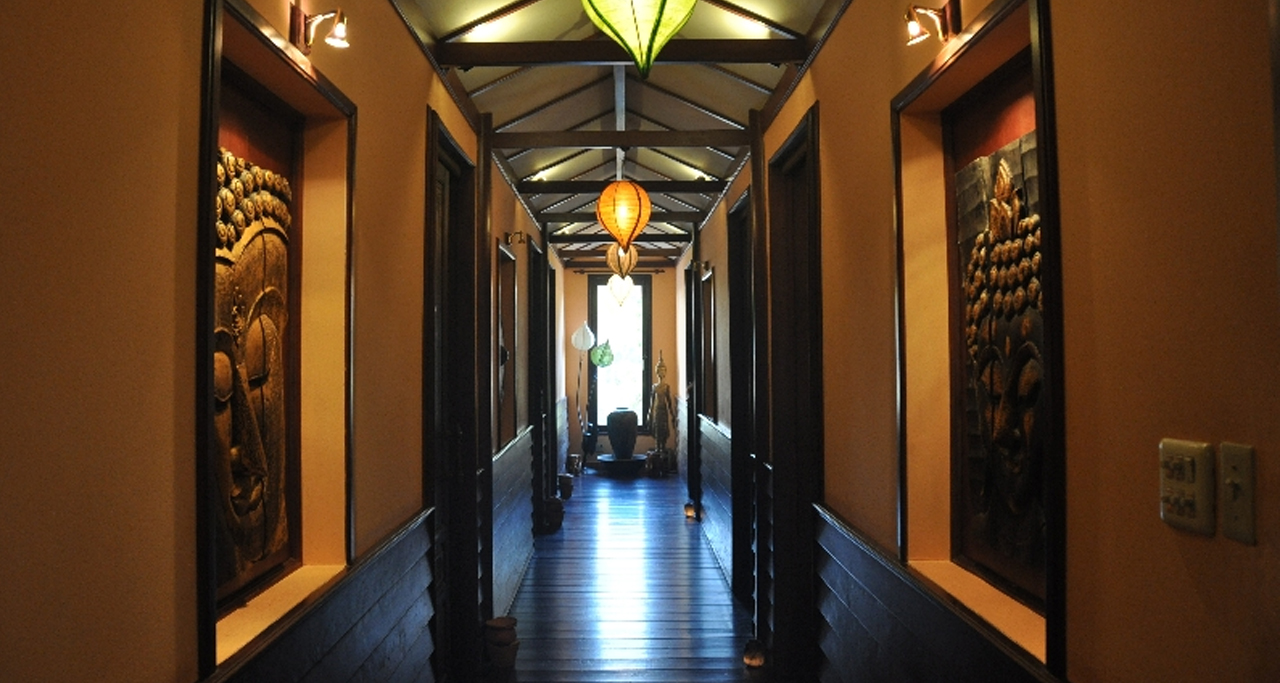
End of your day with a massage and herbal sauna will definitely be great.
Relaxing after a day outside in Vientiane with a massage and herbal sauna, it will definitely be great. Known for the local massage technique which uses herbal sauna and steam rooms, local plants and herbs are boiled in a traditional Laotian bathhouse in a sealed room to create a steamy environment. Then a relaxing massage is followed. Your day will end perfectly by this way with better sleep and ready for another new day awaiting ahead.

